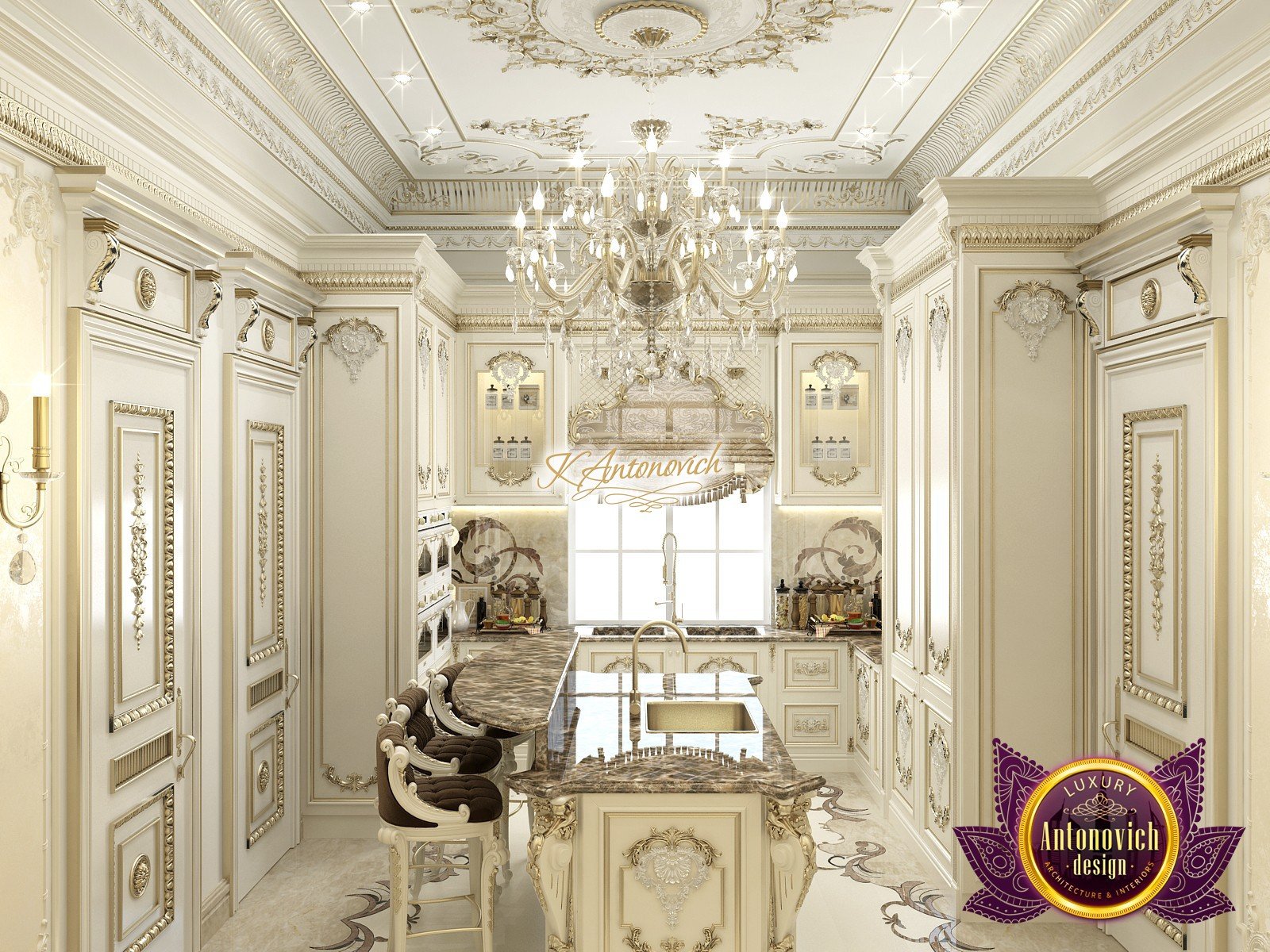In a realm filled with modern tools and nonstick developments, timeless cookware continues to hold a cherished place in culinary environments across the world. From the gleaming surfaces of copper pots to the sturdy charm of treated cast iron cookware, these classic pieces not only improve our cooking experiences but also link us to culinary traditions that cover generations. korean cookware enduring popularity of traditional cookware is a demonstration to its practicality, visual charm, and capability to highlight the best in every recipe.
Culinary enthusiasts are renewing the appeal of old-fashioned cookware, recognizing that it often excels beyond modern choices. Whether you're stir-frying vegetables or slow-cooking a hearty soup, using trustworthy materials like cast iron, carbon steel, and enameled Dutch ovens can transform your kitchen abilities. This article investigates the different facets of classic cookware, highlighting why these staples remain necessary in today's kitchens and presenting the essential pieces every culinary creator should think about including to their array.
A Enduring Attractiveness of Heritage Cookware
Traditional cookware has an enduring charm that surpasses trends and fads. Its significant history and reliability have made it a mainstay in kitchens across the world. Whether it's a expertly-treated cast iron skillet or a durable copper pot, these pieces tell a story, passaging forward the traditions of home cooking. Their solid construction ensures that, with adequate care, they can last a lifetime or even longer, often becoming beloved heirlooms passed down across generations.

One of the main attractions of traditional cookware is its adaptability. From stovetop to oven, these materials can handle multiple cooking techniques, making them invaluable in any kitchen. Cast iron skillets are renowned for their heat retention and ability to develop a natural nonstick surface when prepared properly. Enameled Dutch ovens are perfect for braising and slow-cooking and braising, while the aesthetic appeal of vintage copper adds an decorative touch. Home cooks appreciate that these tools not only perform well but also enhance the cooking experience, allowing flavors to be showcased.
Moreover, traditional cookware promotes a spirit of connection to the past. Many home chefs find joy in using tools that have been valued by cooks in history. This connection often translates to a deeper appreciation for the art of cooking itself. Investing in classic pieces encourages mindful cooking and reinforces a sustainable approach to kitchenware, making it clear why these timeless options remain favored in modern kitchens.
Crucial Pieces for Any Kitchen
Traditional cookware forms the core of a well-equipped kitchen, providing flexibility and consistency for any home chef. One indispensable item is a cast iron skillet, revered for its ability to retain heat and capacity to develop a natural nonstick surface over time. Ideal for cooking, sautéing, and baking, a cast iron skillet is a true powerhouse capable of moving smoothly from the stovetop to the oven.
An additional essential piece is the enameled Dutch oven, acclaimed for both its usefulness and visual attractiveness. This heavy-duty pot excels in slow cooking, braising, and simmering, adding to richly developed flavors in stews and soups. Its colorful exterior also makes it a attractive serving piece, allowing meals to go straight from range to table, adding character to any dining experience.
A traditional stainless steel saucepan completes the must-have collection, ideal for sauces, grains, and boiling vegetables. Its skill to conduct heat evenly and resist staining makes it a staple for everyday cooking. Each of these pieces merely enhances culinary skills but also brings a everlasting quality to the kitchen, ensuring that cooking remains a gratifying and productive process for a long time.
Caring for plus Choosing Traditional Cookware
Caring for classic cookware demands a dedication to maintenance that makes sure these enduring tools serve you well for years. For cast iron, seasoning is key; applying a thin layer of oil and heating it enhances its anti-stick properties and preventing rust. Enameled cookware needs mild cleaning with non-abrasive sponges to keep its surface unblemished. Regularly examine for any signs of damage, such as nicks or breaks, and address them quickly to extend the life of your cookware.
When picking classic cookware, think about the type of cooking you like and your kitchen arrangement. For high-heat cooking, carbon steel pans are fantastic, while a sturdy cast iron skillet is ideal for all your frying and baking needs. rice kitchenware to the weight and balance of the cookware; heavier options tend to transfer heat better. It’s also wise to purchase brands known for their quality, as they often carry warranties that indicate their durability.
Finally, reflect on the appearance of the cookware in relation to your kitchen decor. Vintage pieces can contribute a nostalgic touch, while modern designs may offer refined elegance. Consider how each piece enhances your cooking style as well as your kitchen’s aesthetic. Classic cookware is not just practical; it should also express your individual style, enhancing your cooking experience even more enjoyable.
